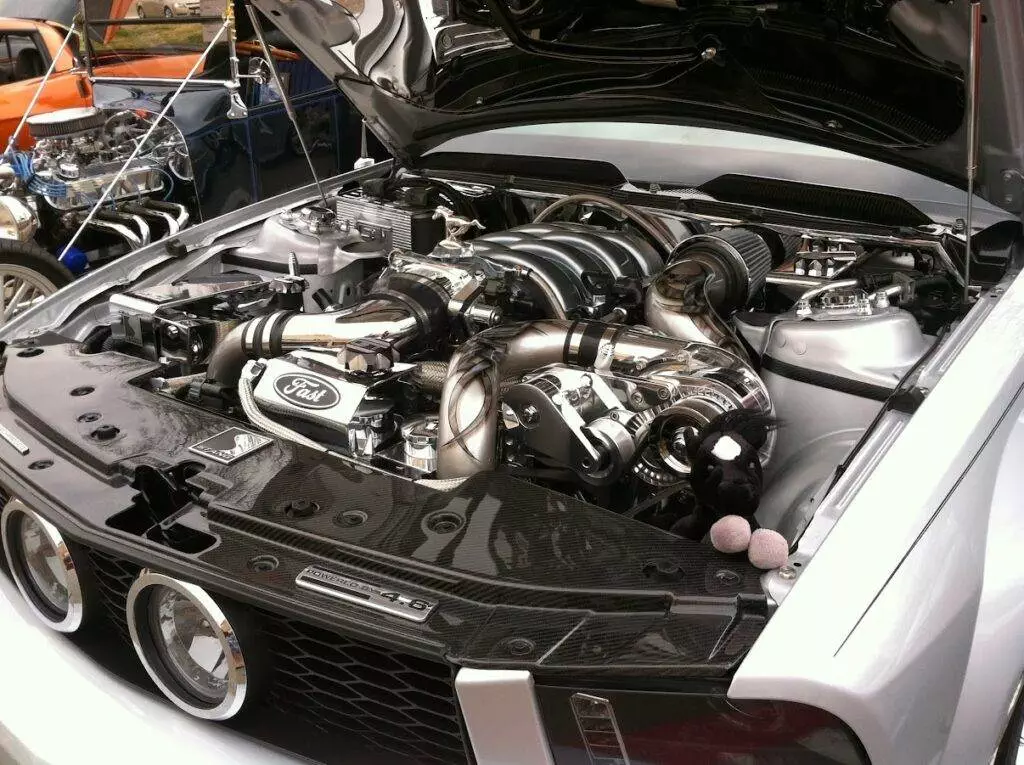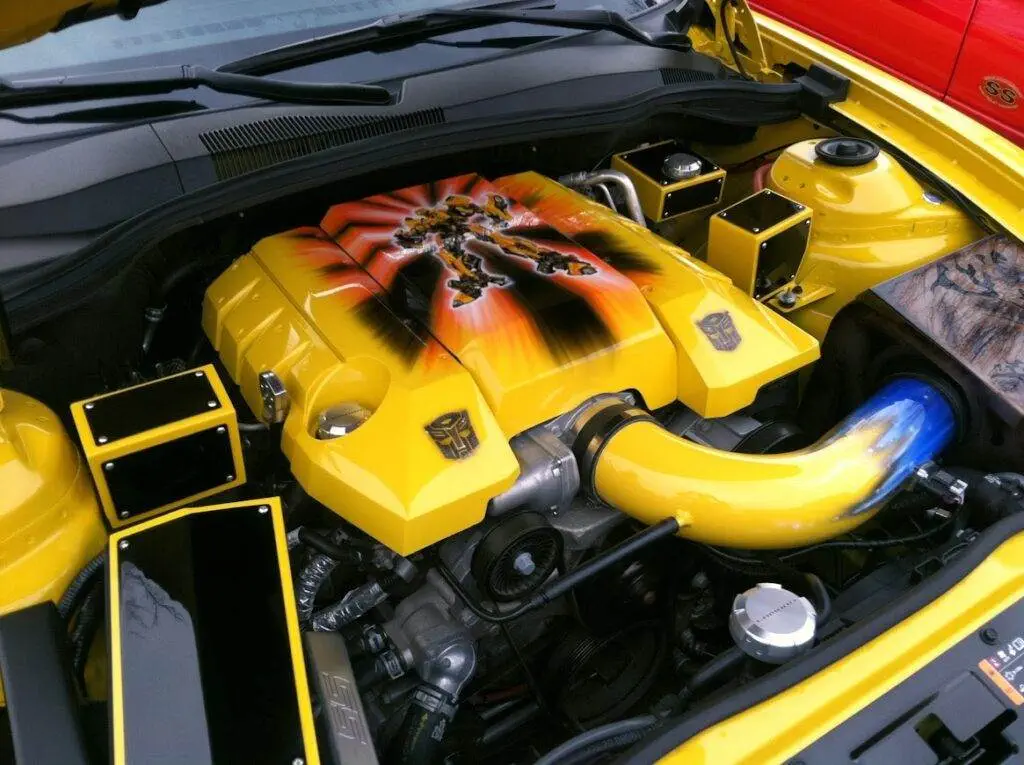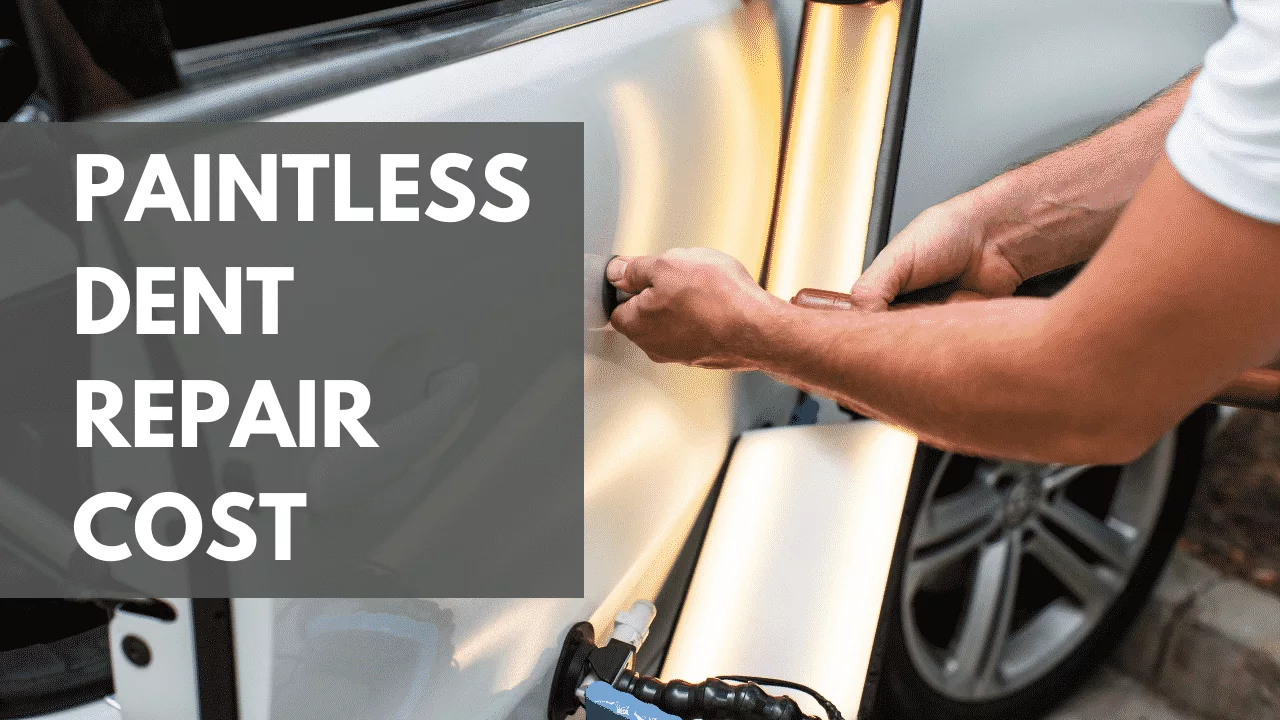
Why is a Clean Engine Block Important?
Keeping the engine clean is essential to help prolong the life of the parts on it. Cleaning contaminants on the surface of the engine block will prevent oil and dirt buildup, which causes premature wear or even failure of small pieces. Plus, a clean engine is a pretty engine worth showing off!
This article will cover the proper steps to clean an engine block, answer some commonly asked questions, and provide other recommended services to keep your vehicle running smoothly and looking great.
Benefits of Cleaning The Engine Block
- Prolong Engine Life – Keeping debris from building up on sensitive components in the entire engine compartment helps extend their life. However, the buildup can also lead to rust on any metal surface and prematurely break down rubber, plastic, and electrical components.
- Save Money – As mentioned in the first benefit, caked-on oil and dirt can lead to premature breakdown or failure of engine parts, leading to unexpected expenses to replace them.
- Reduce Possible Fires – A fire in the engine bay isn’t likely to happen, but the buildup of flammable contaminants on the exterior surface makes it a possibility. Keeping the engine surface clean also helps it run at an average temperature.
- Expose Hidden Leaks – Removing built-up oil and grime will make it easier to spot previously hidden leaks. Examples would include leaks around the head gasket or crankshaft.
- Improve Resale Value – If you’re selling your car, having a clean engine bay will increase its resale value. It’s not uncommon for people to pay more money for a vehicle with a clean engine.
7 Simple Steps to Clean The Engine Block
The best way to clean an engine block is with a high-quality block cleaner. A good block cleaner should have a mild abrasive action to help remove rust without scratching the metal. Most cleaners also contain detergents to help remove oil and grime from the block.
Cleaners are available at auto supply stores for around $10-$15. If you don’t want to spend that much money, you can use baking soda (1/4 cup) mixed with dish soap (2 tablespoons).
Now let’s get into the seven steps for cleaning the motor on your vehicle. Be sure the motor is cool to the touch before following the steps below. A hot engine may cause additional problems, so it’s a good idea to open the hood and let it cool for 10-15 minutes before proceeding.
- Prep – Disconnect the battery cables. Start by loosening the positive cable, then remove the negative cable. Disconnecting the battery will prevent any possible shorts during the cleaning process.
- Cover Electrical Components – Use a plastic bag to cover any electrical components or an exposed air intake. Protecting these components from the cleaning solution and water will lower the risk of inadvertently damaging anything.
- Apply Engine Degreaser – Spray the degreaser on all motor parts, then let it sit for 10-20 minutes.
- Brush Surface – Use a stiff-bristled brush to scrub and loosen the oil and dirt. You shouldn’t have to scrub too hard since the aggressive cleaning action of the degreaser does most of the work.
- Spray Rinse – We recommend a pressure washer or hose with a power washer nozzle to better target the blast of water.
- Dry – Remove plastic from electrical components and wipe off excess water with a shop rag or towel. If you have an air compressor, blasting air over the motor will help remove any hidden spots of water missed by the towel.
- Finalize – Reconnect the battery terminals starting with the negative terminal first. Now take a picture to show off your clean motor.

FAQ
- Is it expensive to have the engine cleaned? Cleaning the motor using the DIY steps above will save you money and take about an hour or two to complete. The average cost for products to personally clean the engine is around $10-$25, which isn’t bad considering a professional will most likely charge between $100-$400 depending on the type of motor.
- What if I’m not mechanically inclined? It doesn’t matter how skilled you are as long as you follow the instructions outlined in this article.
- Can I use WD40 to clean the engine? Yes, but the steps are slightly different from those provided in this article. When performing the process with WD-40, let the engine run for 5-10 minutes to get it hot. A warm motor will help the grease come off easier, according to WD-40. Click here to check out the article on the WD-40 website.
- Will tire foam clean an oily engine? It’s possible to use tire foam to clean an engine, but there are products on the market specifically designed for this task that performs better and faster.
- Will brake cleaner remove oil and grime from my motor? Yes, but it’s not recommended to use brake cleaner since it contains solvents that could damage the surface of the engine.
- What type of degreaser should I use to clean the engine? Purple power, simple green, and Gunk have great options for cleaning motors. We recommend using a product with a mild abrasive effect to avoid damaging the engine’s finish.
Preventative Automotive Care
- Clean the Battery Terminals – Removing acid buildup from the battery terminals prevents corrosion and possible short circuits. You can do this yourself with a wire brush. Another method that works well to remove acid is Coke. Believe it or not, pouring Coke over built-up battery acid will help remove it.
- Change the Oil – Changing the oil every three months is vital to keep your car running smoothly. The best time to change your oil is when it reaches its manufacturer’s recommended service interval (MSI). Your owner’s manual will tell you the MSI for your vehicle.
- Get a Tune-Up – We recommend having a tune-up performed every 15,000 miles or at least once a year to ensure your car runs efficiently and safely. Check out the article we wrote on car tune-up cost for more details.
- Check the Tire Pressure – Check the tire pressure monthly to ensure they’re at proper levels. A properly inflated tire provides maximum traction and safety. Underinflated tires can cause premature wear and increase fuel consumption.
- Rotate the Tires – Along with checking the tire pressure, it’s a great idea to rotate the tires every 3,000-5,000 miles to prevent uneven wear. Rotating the tires also ensures that the tread remains intact. If you have a Volvo, BMW, or another vehicle known to have excessive rear camber, you may need to have the tires rotated more often.
- Get the Air Filter Changed – An air filter is one of the first things to change after an oil change. A clogged air filter causes increased back pressure, reducing performance and increasing fuel consumption.
- Wash & Wax – Having the outside of your vehicle washed and waxed regularly by a professional will improve your car’s appearance plus protect against oxidation and rusting. We recommend washing your vehicle weekly and having it hand waxed every three months. If you’re a DIYer, check out the article we wrote titled “7 steps to detail a car“.
- Replace Wipers Regularly – Check your wiper blades every three months to ensure the rubber isn’t torn or turning hard and brittle. Then, replace them if necessary to avoid other costly damage to the front windshield.
- Remove Dents – Having dents removed from the panels of your car, such as door dings or hail damage, helps restore the vehicle’s original appearance and keeps it looking new. In addition, removing dents keeps the value of your car high. Visit our paintless dent repair page to learn more.
- Repair Windshield Damage – Having windshield repair on small chips in the front window will help stop them from spreading, saving money over replacing the entire glass. Visit the following article on windshield replacement cost to learn more.
Final Thoughts
We’re not experts on degreasing engines and recommend hiring a professional if you’re nervous about handling the process independently. However, if you found this article helpful and the steps helped you clean your motor, please consider sharing it with others searching for help on this topic. In addition, check out some of our latest posts below or visit the articles page on our site for a complete list of helpful automotive articles.






